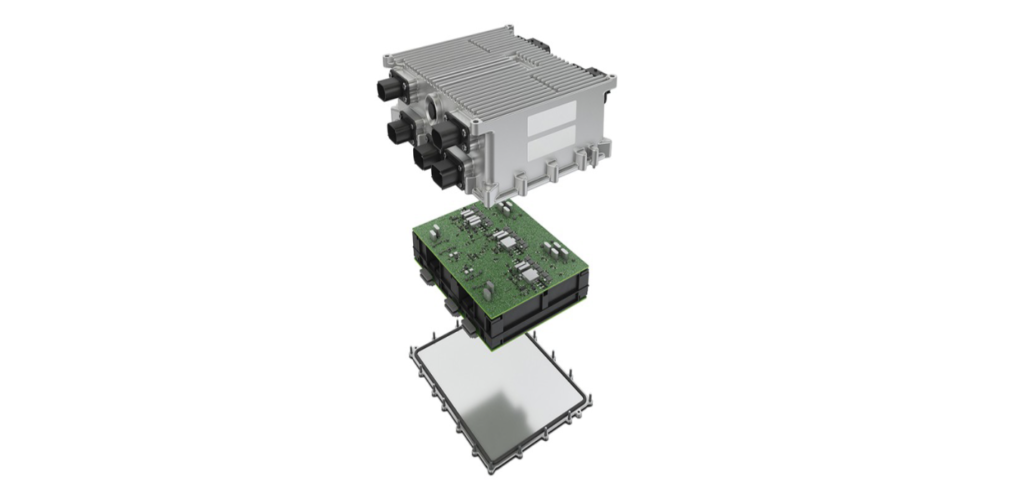Chassis and driveline supplier Schaeffler says it is steadily increasing its involvement in autonomous mobility based on intelligent chassis systems. The company is set to release its Space Drive 3 Add-ON, the third generation of its Space Drive drive-by-wire system, a multiple redundant technology for autonomous driving systems. This will include its force-feedback handwheel actuator (HWA), as well as its safety- and comfort-enhancing intelligent rear-wheel steering (iRWS) technology.
Schaeffler says it has also developed a new rolling chassis that it claims opens the way to completely new forms of autonomous mobility. “Thanks to our work in this area, we are fast becoming the technology partner of choice for highly integrated chassis solutions,” said Matthias Zink, Schaeffler’s CEO of automotive technologies. “Combined with our electric drive technologies, these solutions represent pioneering innovations in autonomous mobility. The key to it all is the wealth of expertise in components and systems that we have amassed over many decades and that we are now able to apply at the whole-vehicle level.”
The Space Drive steer-by-wire system transmits driving and steering commands to the vehicle wheels via purely electronic signals. The company states that the technology has been proved in the field, with more than 1 billion accident-free kilometers driven so far. It is currently undergoing fine-tuning under extreme conditions in motorsport applications.
The latest generation of this technology, Space Drive 3 Add-ON, is reportedly ready for small-volume production. Its functions are triple redundant for maximum safety and meet the exacting functional safety requirements of ISO 26262. Generation 3 is based on the AUTOSAR software standard, so it can interface directly with vehicle electronics and onboard communication and network architectures, enabling it to be integrated into existing vehicle assistance systems.
“Space Drive 3 is a major milestone for us,” explained Viktor Molnar, head of chassis systems at Schaeffler. “It means we can offer our customers a production-ready steer-by-wire system that is highly scalable and extremely flexible. What’s more, the system can record every steering parameter, which in self-driving vehicles enables feedback for the advanced driver assistance system (ADAS).”
The force-feedback handwheel actuator (HWA) is a mechatronic solution that replaces the conventional steering wheel and mechanical steering column. This reduces the amount of space required for the steering system and opens up completely new possibilities for the design of cab interiors, such as the ability to stow the wheel in the center console when in (semi-)autonomous driving mode.
The system is claimed to suppress undesirable feedback, such as vibrations from uneven road surfaces, and supports variable steering gear ratios, enabling new driving dynamics functions. The HWA is also modular and scalable, so it can be adapted to various applications and classes of vehicles. Combined with the Space Drive steer-by-wire system and mechatronic actuators on the steering gear, it provides intelligent front-wheel steering (iFWS).
Finally, Schaeffler’s rolling chassis is a modular, scalable vehicle platform that reportedly enables new, driverless mobility solutions for passenger and freight transport as well as for specialized applications such as cleaning machines. A flexible architecture supports a broad array of steering and drive variants to suit customer requirements – everything from single electric axles in combination with central steering, to implementations incorporating four Schaeffler corner modules. Schaeffler says it has further optimized its corner modules for scalability and readiness for volume production. Each one allows a steering angle of up to 90° and comprises a wheel hub motor, a wheel suspension system incorporating air suspension that enables the vehicle to ‘kneel’ for greater ease of access, an actuator for electromechanical steering and a brake mechanism.


